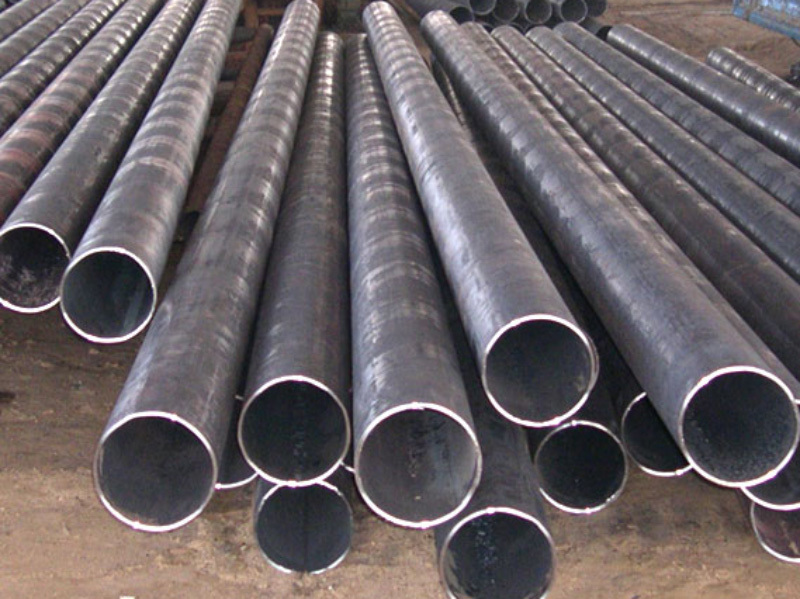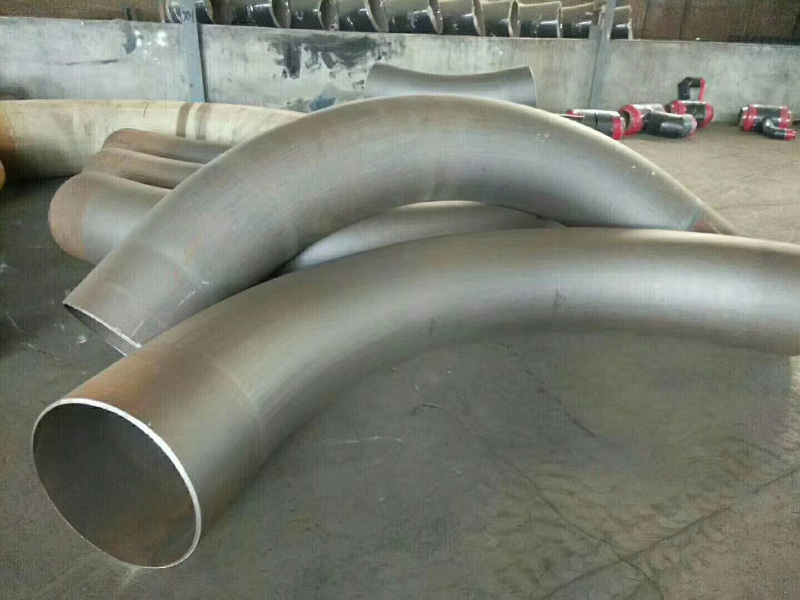Leading Smls Pipe and fittings supplier from China since 1991
Comparative Analysis: FF Flanges and Their Alternatives for the Construction and Decoration Industry
Comparative Analysis: FF Flanges and Their Alternatives Introduction to FF Flanges In the world of construction and decoration materials, the role of flanges is critical. FF (Flat Face) flanges are widely used in various industries due to their specific design features and functionalities. These flanges provide a flat surface that allows for a tighter seal, making them ideal for applications where
Aug 18,2025

Comparative Analysis: FF Flanges and Their Alternatives
Introduction to FF Flanges
In the world of construction and decoration materials, the role of flanges is critical. FF (Flat Face) flanges are widely used in various industries due to their specific design features and functionalities. These flanges provide a flat surface that allows for a tighter seal, making them ideal for applications where minimizing the risk of leakage is essential. In this article, we will conduct a comparative analysis of FF flanges and their alternatives, exploring their unique characteristics, advantages, and potential drawbacks.
What are FF Flanges?
FF flanges are characterized by their flat sealing surfaces, which are designed to be used in conjunction with flat gaskets. The flat surface allows for even distribution of pressure across the gasket, ensuring a strong seal. This design is particularly effective in applications where the media being transported could be corrosive or hazardous.
The Construction of FF Flanges
FF flanges are typically constructed from various materials, including carbon steel, stainless steel, and other alloys. The choice of material often depends on the specific application and the environmental conditions the flange will be exposed to.
Key Features of FF Flanges
1. **Flat Sealing Surface:** Ensures even pressure distribution.
2. **Material Versatility:** Can be made from multiple materials to suit different applications.
3. **Easy Installation:** Simpler to align and install compared to some alternative flanges.
4. **Cost-Effectiveness:** Generally more affordable than other flange types.
Understanding Alternative Flange Types
While FF flanges are popular, several alternatives exist, each with unique advantages. Understanding these options is crucial for making an informed decision for any project.
1. RF (Raised Face) Flanges
RF flanges feature a raised area around the bolt holes, which allows for better sealing under higher pressure. This design is particularly beneficial in high-pressure applications, making RF flanges a preferred choice for oil and gas industries.
2. RTJ (Ring Type Joint) Flanges
RTJ flanges are designed with grooves that accommodate metal sealing rings. This design provides an extremely tight seal, making RTJ flanges ideal for high-pressure and high-temperature applications. However, their installation often requires precise machining and alignment.
3. Socket Weld Flanges
Socket weld flanges are welded directly to the pipe, providing a strong and rigid connection. These flanges are suitable for high-pressure applications and can handle extreme temperatures, making them a popular choice in industrial settings.
4. Slip-On Flanges
Slip-on flanges are designed to slide over the pipe before being welded. This design allows for easy alignment and installation, though they may not be as strong as welded alternatives under high-pressure conditions.
Comparative Strengths and Weaknesses
To determine the best option for your project, it's essential to compare the strengths and weaknesses of FF flanges against their alternatives.
FF Flanges vs. RF Flanges
While FF flanges provide excellent sealing in low-pressure applications, RF flanges offer superior sealing capabilities under higher pressures due to their raised surfaces. For projects where high pressure is a concern, RF flanges may be the better choice.
FF Flanges vs. RTJ Flanges
RTJ flanges excel in high-temperature and high-pressure environments, providing an exceptional seal. However, the complexity of installation may deter some users. FF flanges, being simpler to install, may be preferred for less critical applications.
FF Flanges vs. Socket Weld Flanges
Socket weld flanges provide a robust connection for high-pressure systems, but their installation is more labor-intensive. FF flanges, with their simpler design, are often favored for quick projects or where installation efficiency is paramount.
FF Flanges vs. Slip-On Flanges
Slip-on flanges offer ease of installation but may not withstand high pressures as well as FF flanges. For applications where simplicity is crucial, slip-on flanges may be a good choice, while FF flanges could be better for applications requiring stronger sealing.
Choosing the Right Flange for Your Project
When selecting a flange type, several factors need to be considered. Understanding the specific requirements of your project will guide you in making the right choice.
1. Application Requirements
Assess the environmental conditions and pressure requirements of your application. If your project involves high pressure or corrosive substances, prioritize flanges that offer superior sealing capabilities, such as RF or RTJ flanges.
2. Material Considerations
The material of the flange can greatly affect its performance. Choose a material that aligns with the media being transported and the environmental conditions it will encounter. Stainless steel flanges, for example, offer excellent corrosion resistance.
3. Installation Complexity
Consider the ease of installation. FF flanges offer straightforward installation, making them ideal in scenarios where time is a constraint. If your team has the expertise for more complex installations, alternatives like RTJ flanges could be considered.
Cost Implications in Flange Selection
Cost is a significant factor in the selection of flanges. FF flanges tend to be more affordable compared to alternatives, making them an attractive option for projects with budget constraints. However, it’s essential to balance cost with performance requirements.
Long-Term Durability and Maintenance Costs
While initial costs are important, consider the long-term durability and maintenance costs of each flange type. Investing in a more expensive, durable flange can save money in the long run by reducing the frequency of replacements and repairs.
FAQs about FF Flanges and Their Alternatives
1. What is the primary advantage of FF flanges over other types?
FF flanges provide a flat sealing surface that ensures even pressure distribution, making them ideal for low-pressure applications.
2. Can FF flanges be used in high-pressure systems?
While FF flanges can be used in some high-pressure systems, RF or RTJ flanges are generally recommended for optimal sealing in such conditions.
3. How do I determine the right flange material for my project?
Consider the type of media, temperature, and environmental conditions. Stainless steel is often a good choice for corrosive materials, while carbon steel may suffice for less demanding applications.
4. What are the installation requirements for RTJ flanges?
RTJ flanges require precise machining and alignment for proper sealing, making their installation more complex than that of FF flanges.
5. Are FF flanges suitable for all piping applications?
FF flanges are versatile and suitable for many applications, but specific conditions, such as high pressure or extreme temperatures, may necessitate alternative flange types.
Conclusion
In summary, FF flanges offer a reliable and cost-effective solution for many construction and decoration projects. Their unique design features make them an excellent choice for applications requiring tight seals under low-pressure conditions. However, understanding their alternatives, such as RF, RTJ, socket weld, and slip-on flanges, is crucial for making informed decisions in high-pressure or specialized applications. By considering the factors of application requirements, materials, installation complexity, and costs, we can effectively choose the most suitable flange type for our needs, ensuring the success of our projects.
Hot Tags:







